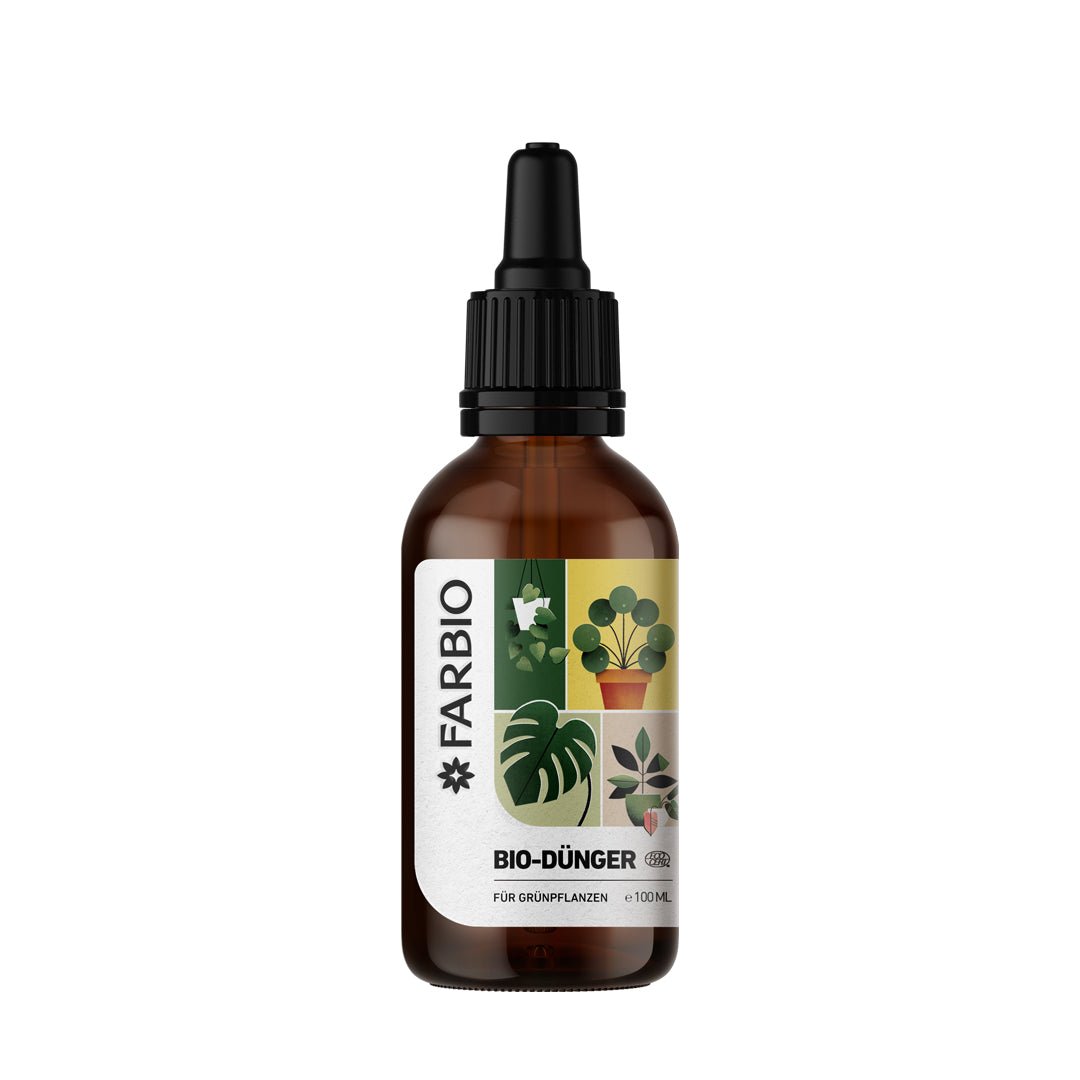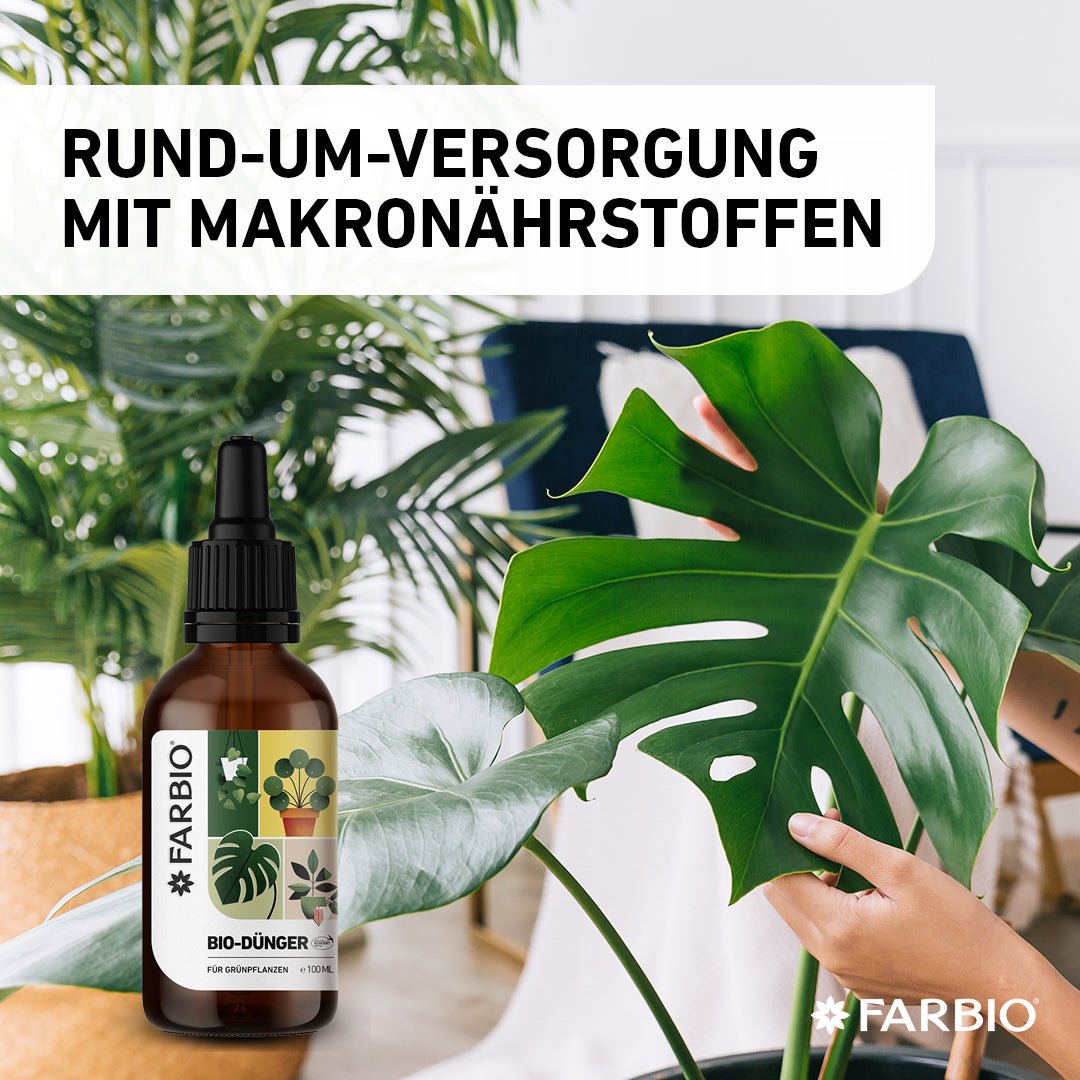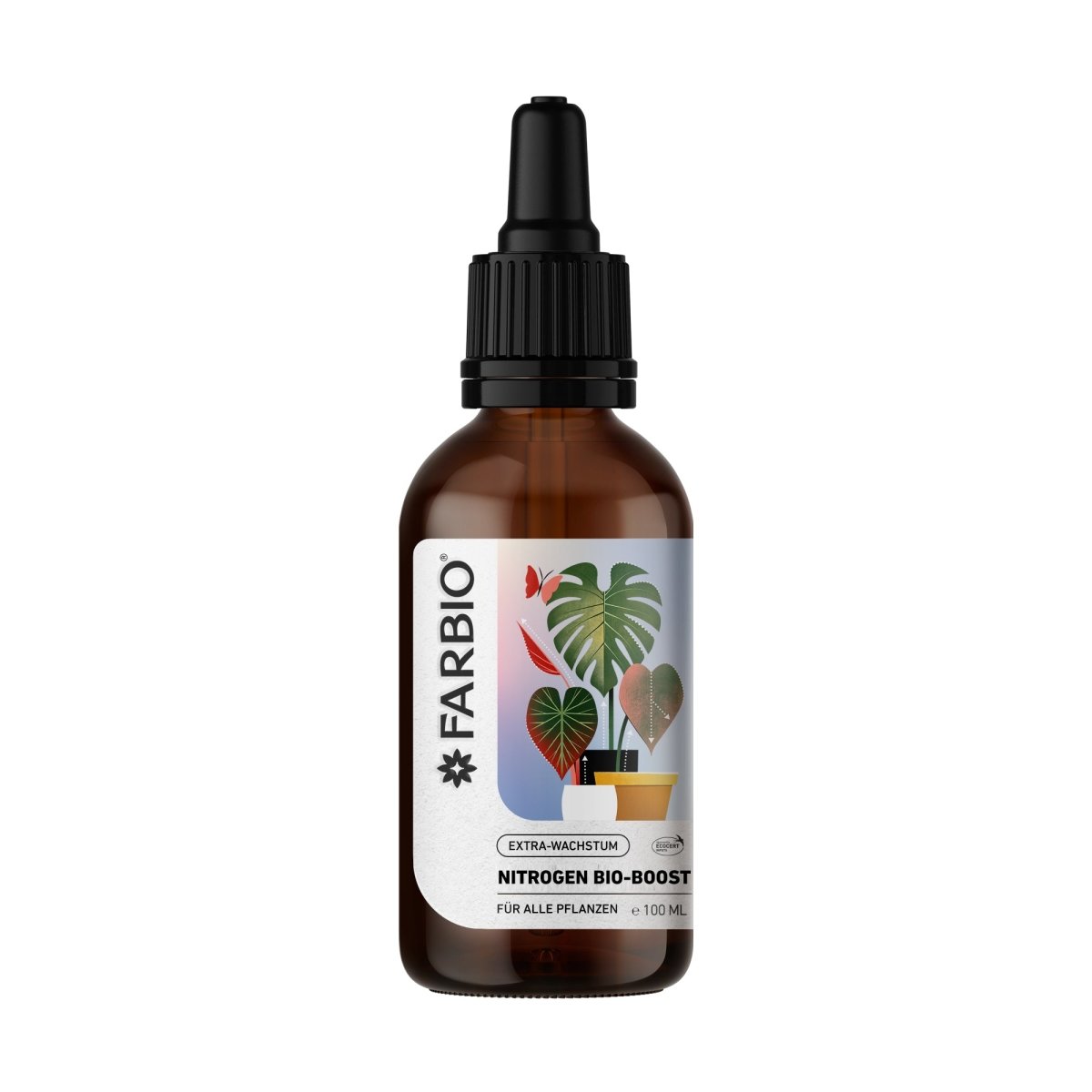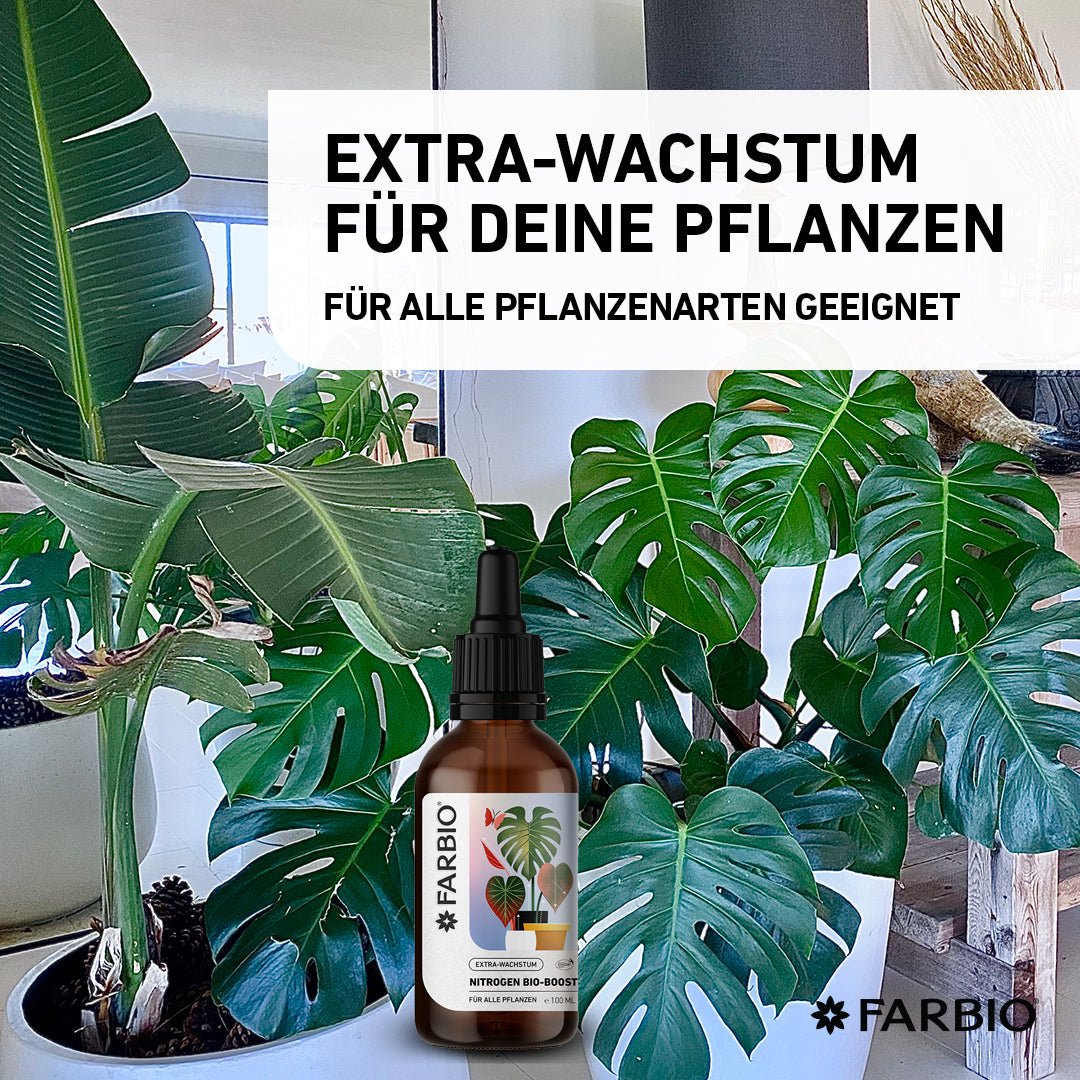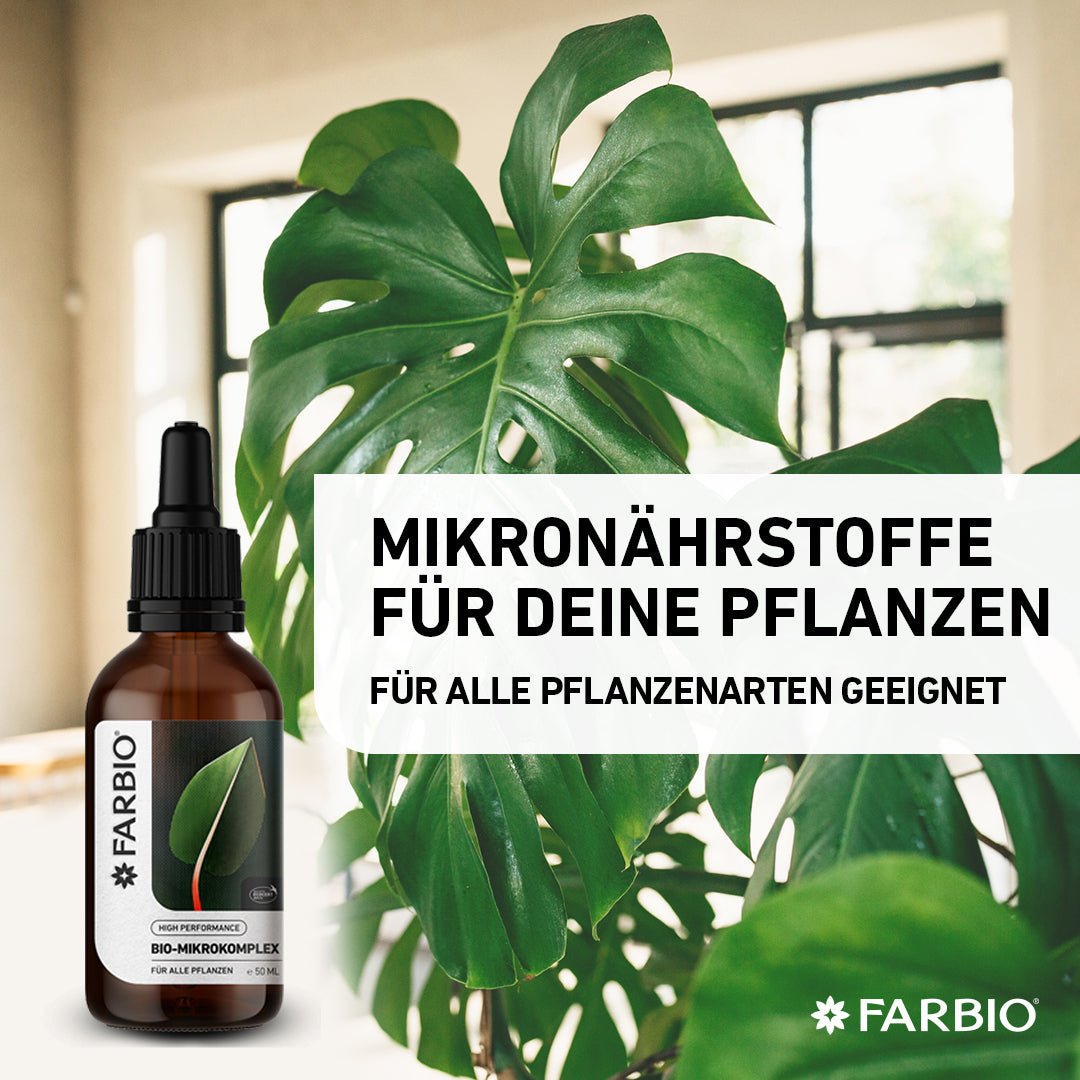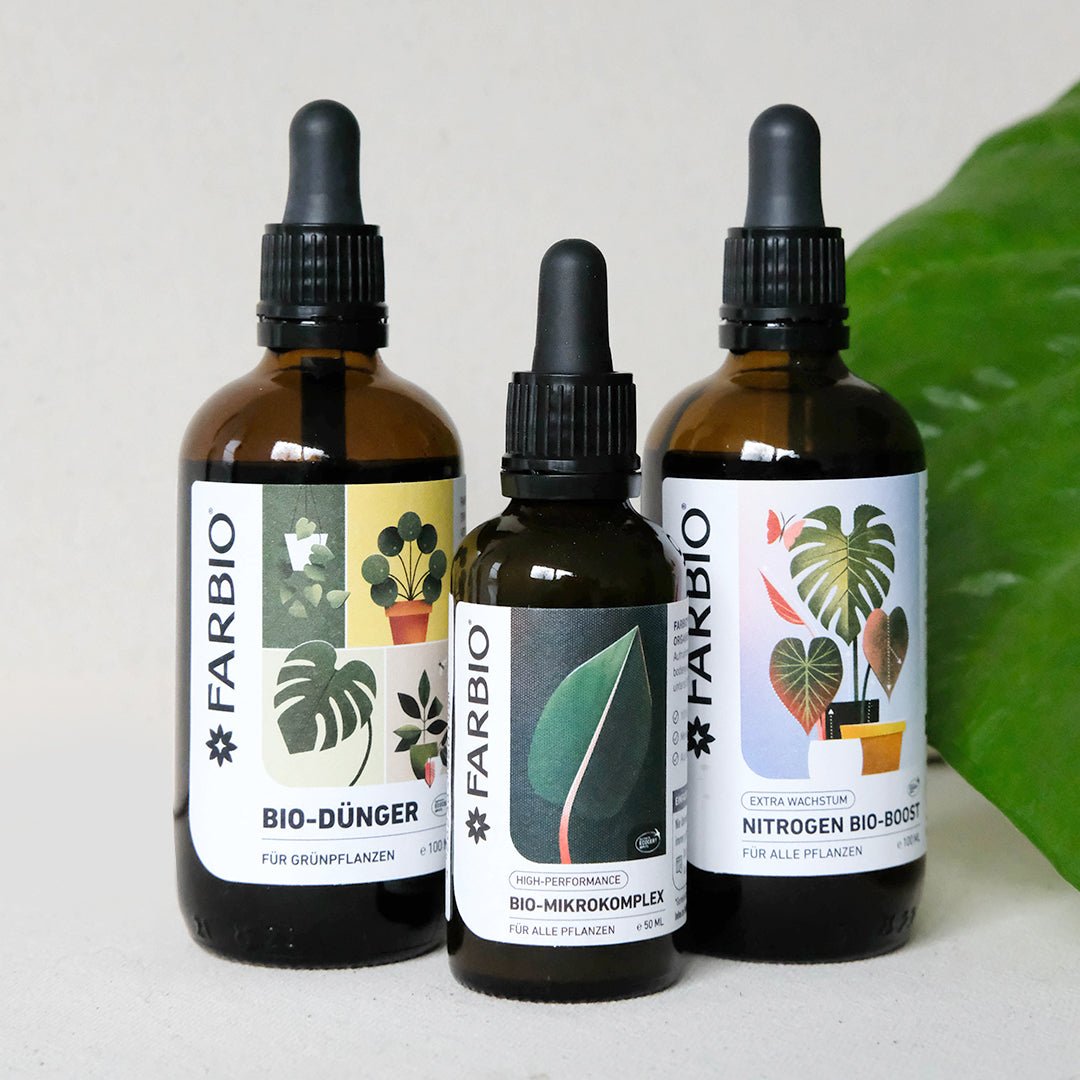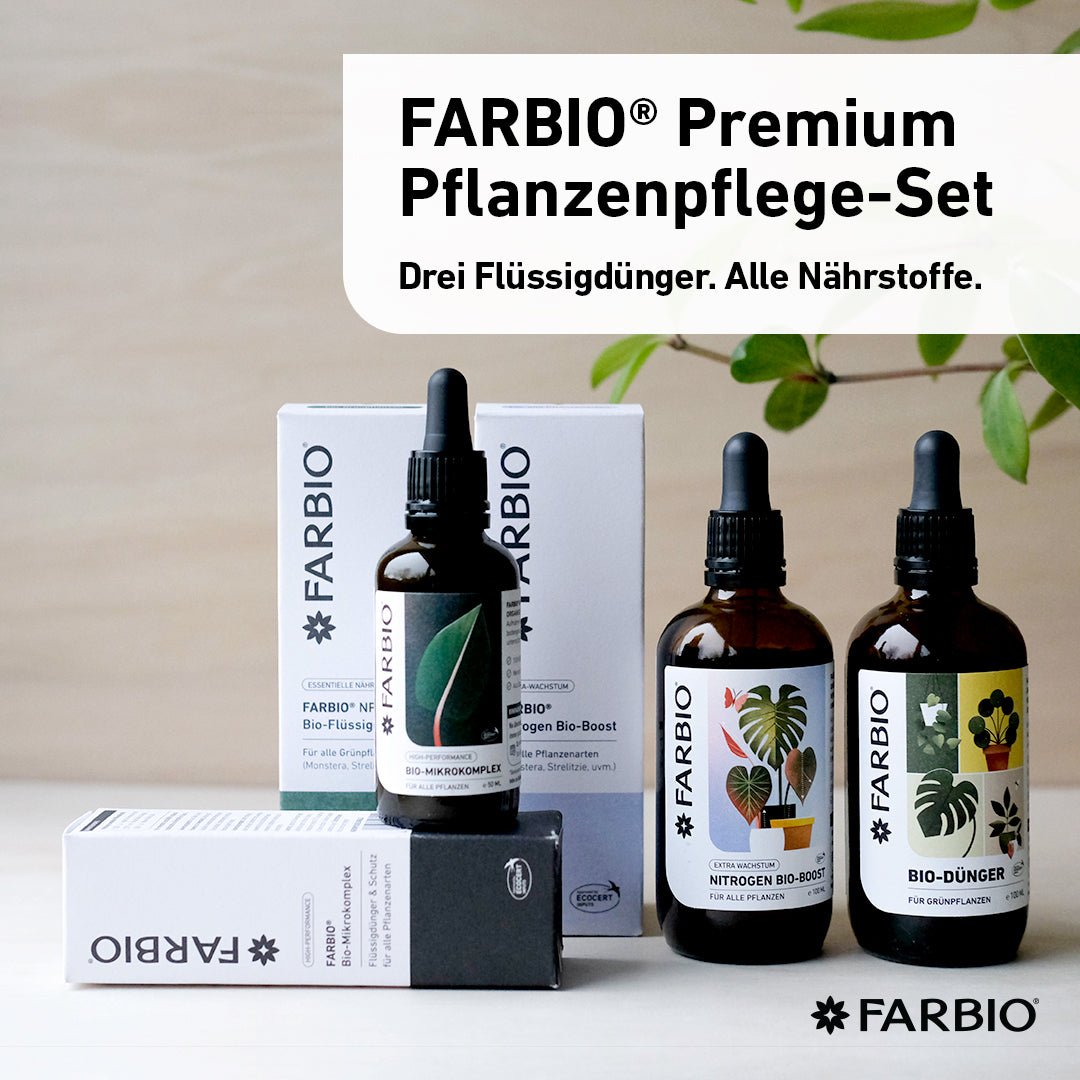The orchid is one of the most popular plants in Germany. A very versatile and species-rich plant genus. Orchids also grow wild here in Germany. We tell you here how species-rich the genus is and how you can best care for it and fertilize orchids!
Origin
Orchids are distributed all over the world. Also in our latitudes there are many different species such as the orchid, lady's slipper or the small forest bird. Our native species are not suitable as indoor plants. Most indoor orchids come from the tropics. You can buy the classic moth orchid in many colors almost everywhere. Orchids can look very different, there are some with huge flowers, with small, almost inconspicuous flowers and some with large colorful leaves. The complete family includes about 1000 genera with 25,000 species.
Where can you buy orchids?
You can find the classic moth orchids in almost every hardware store or garden center. However, this is only a very small part of the complete orchid splendor. If you are looking for a specific type, then you should contact a specialist dealer. There is also the possibility to order a large selection of orchids on the Internet.
Location and soil - when and how often to repot?
Orchid care can vary from species to species, as some are easier to care for than others. The following applies to all orchids: They do not need soil, but a special orchid substrate and love a location with lots of sunlight, but no direct sunlight. Since they are epiphytes, they only need a branch or substrate made of pieces of wood that can hold some moisture. There are also species that can be grown in hydroponics, such as the species Vanda .
In addition to a special soil, usually made of bark mulch, orchids also need a translucent inner pot, because their roots are involved in photosynthesis. The beginning of the growth phase in March is the ideal time for a new pot. To do this, carefully remove the old substrate from the aerial roots and cut off any damaged or rotten roots. Place the orchid in the new pot and fill in the substrate around the roots.
irrigation
The orchids that we keep as houseplants often come from the tropics. There is very high humidity there, from which orchids extract the water for growth. Most of our interiors have significantly drier air. So what to do? You can regularly place your plants in a water bath if they are in pieces of wood, then these will soak up and slowly release the water to the plant. An alternative is to spray the leaves regularly - rainwater is particularly suitable here to prevent limescale deposits. The main thing is that the roots don't get waterlogged, otherwise they would rot and die. For some more specific species, it is worth placing them in a greenhouse or terrarium to provide them with consistently high humidity.
leaf care
Orchids usually have large leaves, which quickly get dusty. Care for them by stroking the leaves with a cloth. You can also put your orchids in the shower every few months and give them a quick shower. This also reduces the risk of aphid infestation, for which orchids are very predestined.
blossoms
With good care, your orchids will bloom once a year. In many species, the flowers last for several weeks before finally dying off. You should then cut off the faded shoots so as not to unnecessarily rob the plant of its strength. Some species flower only once, but then form so-called children (quasi a clone), which can form a flower again. The flowers can also be fertilized, but this is not worthwhile for seed propagation, because orchids themselves form children and propagation via seeds takes a lot of time.
Fertilize orchids properly
Fertilizing orchids is important to give them the necessary nutrients they need to grow and bloom. Colorful Phalaenopsis bloom more profusely when you fertilize regularly. A suitable fertilizer is usually based on the main nutrients nitrogen, phosphorus and potassium. Just like any other houseplant, you should fertilize your orchids every two to four weeks.
To fertilize, water the orchid with the fertilizer mixture until the substrate is completely soaked. Then drain the excess water - make sure there is no standing water in the orchid's saucer as this can damage the roots.

Which fertilizer do orchids need: liquid fertilizer, fertilizer sticks, extra orchid fertilizer or home remedies?
Fertilizer sticks are not suitable for orchids because they cannot properly dissolve in the substrate. A liquid fertilizer is therefore mandatory when fertilizing orchid plants. You can use a special orchid fertilizer or other organic or mineral NPK fertilizer. To do this, simply halve the recommended dosage of commercial liquid fertilizer, because orchids require less nutrient supply than green plants.
If you use a mineral fertilizer, it is important to rinse the orchids regularly to avoid salt deposits in the substrate. To do this, rinse the orchid under running water until the water runs clear.
Home remedies such as yeast and coffee grounds are suitable as homemade fertilizers - these can simply be added to the irrigation water.
Our FARBIO® foliar fertilizers are simply mixed with water in a spray bottle and are therefore ideal for orchids! Simply mist the leaves and aerial roots of your orchids with it.
If you want to supply your orchids with the right nutrients in a more targeted manner, you can also fertilize depending on the growth phase: A nitrogen-rich fertilizer for leaf growth and a phosphorus-rich fertilizer for the blossoming. The FARBIO® organic liquid fertilizer has a higher phosphorus content than other NPK fertilizers and is therefore well suited to adding it to the orchid's irrigation water and ensuring more beautiful flowers. FARBIO® Nitrogen Bio-Boost is a foliar fertilizer that supports healthy leaf development.
To avoid over-fertilizing, you should reduce the amount of fertilizer during the dormant period. With appropriate fertilization and care, your orchids can grow and bloom healthily and vigorously in the long term.



